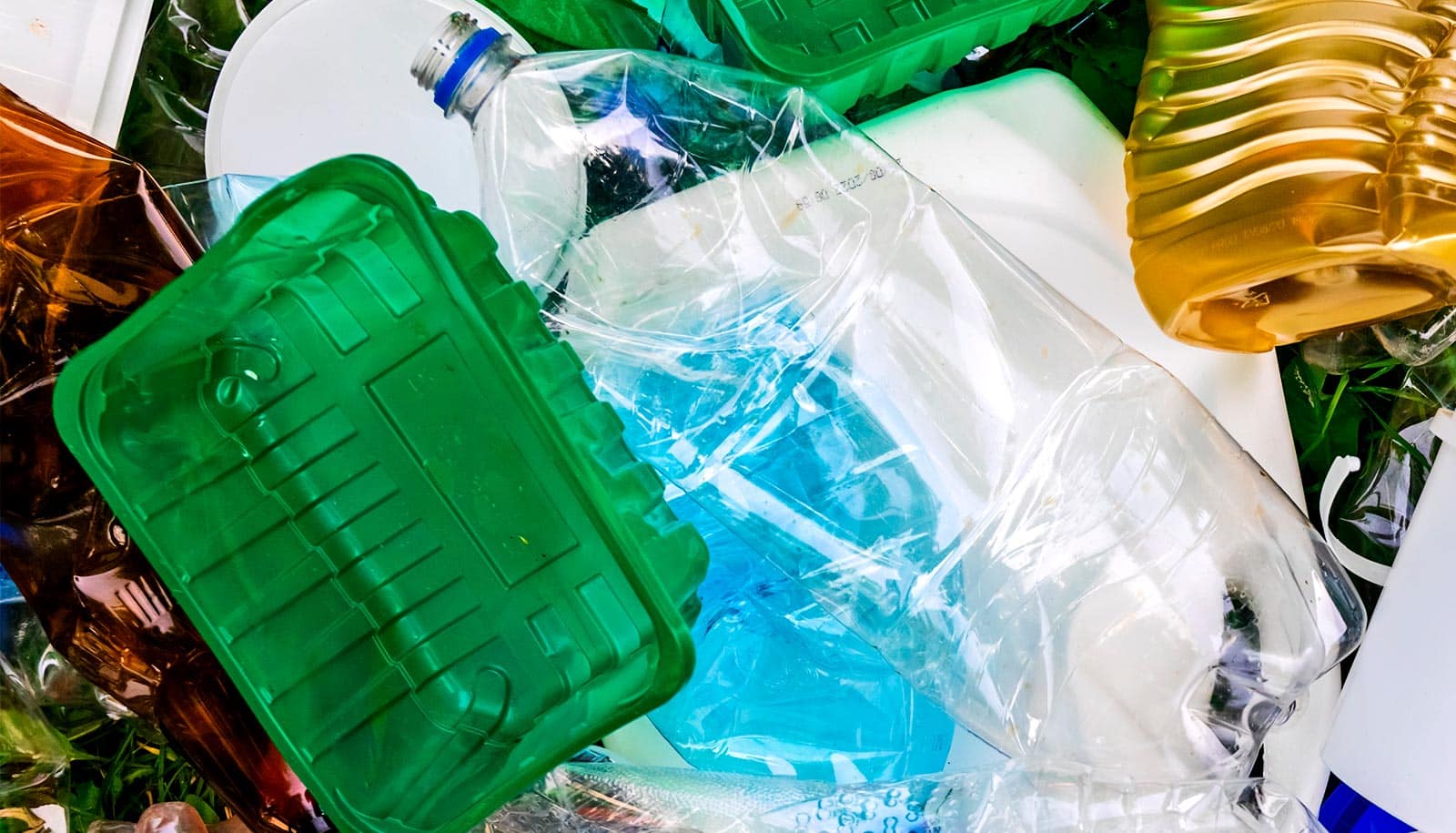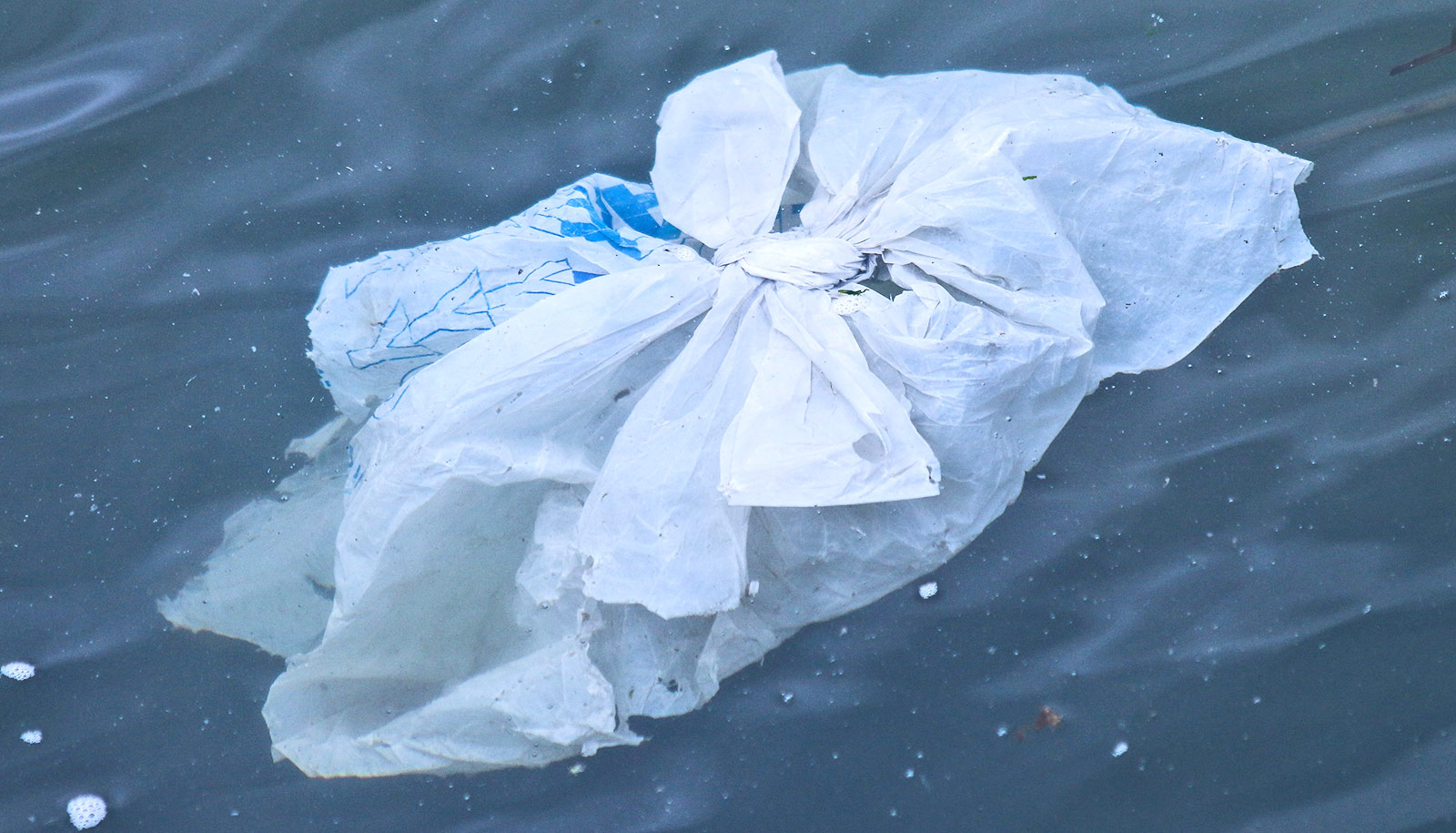Researchers have developed a way to blast the molecules in plastics and other materials with a laser to break them down into their smallest parts for future reuse.
The method involves laying these materials on top of two-dimensional materials called transition metal dichalcogenides and then lighting them up.
The discovery has the potential to improve how we dispose of plastics that are nearly impossible to break down with today’s technologies.
“By harnessing these unique reactions, we can explore new pathways for transforming environmental pollutants into valuable, reusable chemicals, contributing to the development of a more sustainable and circular economy,” says Yuebing Zheng, professor in the Cockrell School of Engineering’s Walker mechanical engineering department at the University of Texas at Austin and one of the project’s leaders.
“This discovery has significant implications for addressing environmental challenges and advancing the field of green chemistry.”
Plastic pollution has become a global environmental crisis, with millions of tons of plastic waste accumulating in landfills and oceans each year. Conventional methods of plastic degradation are often energy-intensive, environmentally harmful, and ineffective. The researchers envision using this new discovery to develop efficient plastic recycling technologies to reduce pollution.
The researchers used low-power light to break the chemical bonding of the plastics and create new chemical bonds that turned the materials into luminescent carbon dots. Carbon-based nanomaterials are in high demand because of their many capabilities, and these dots could potentially be used as memory storage devices in next-generation computer devices.
“It’s exciting to potentially take plastic that on its own may never break down and turn it into something useful for many different industries,” says Jingang Li, a postdoctoral student at University of California, Berkeley, who started the research at UT Austin.
The specific reaction is called C-H activation, where carbon-hydrogen bonds in an organic molecule are selectively broken and transformed into a new chemical bond. In this research, the two-dimensional materials catalyzed this reaction that led to hydrogen molecules morphing into gas. That cleared the way for carbon molecules to bond with each other to form the information-storing dots.
Further research and development are needed to optimize the light-driven C-H activation process and scale it up for industrial applications. However, this study represents a significant step forward in the quest for sustainable solutions to plastic waste management.
The light-driven C-H activation process demonstrated in this study can be applied to many long-chain organic compounds, including polyethylene and surfactants commonly used in nanomaterials systems.
The study appears in Nature Communications.
Additional coauthors are from UT Austin; Tohoku University in Japan; the University of California, Berkeley; Lawrence Berkeley National Laboratory; Baylor University; and Penn State.
The National Institutes of Health, the National Science Foundation, the Japan Society for the Promotion of Science, the Hirose Foundation, and the National Natural Science Foundation of China funded the work.
Source: UT Austin



